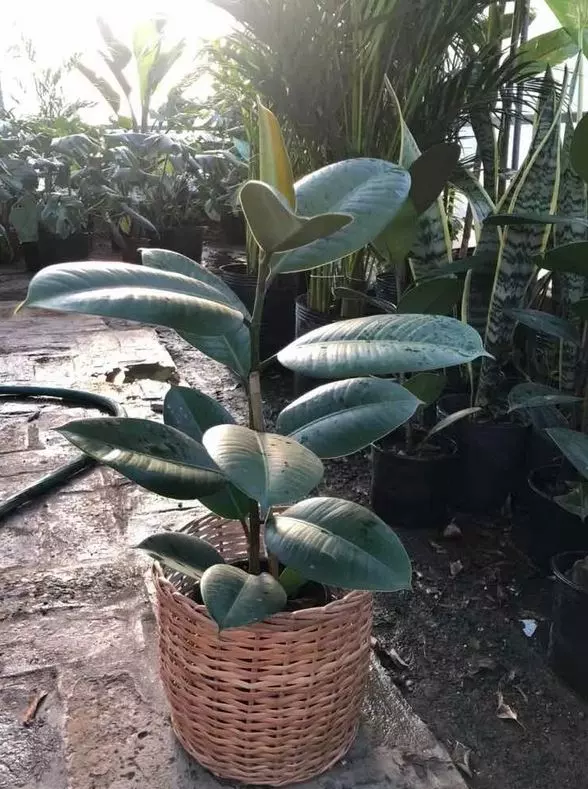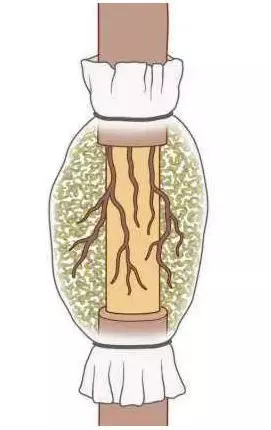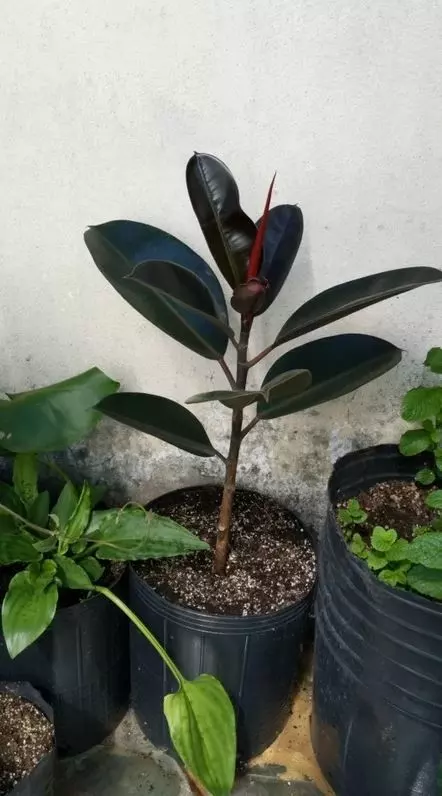Its scientific name is Ficus elastica, although it is much better known by its other names, such as Rubber Tree or Rubber Fig. Learn about how to propagate rubber tree in this post.
This is a very popular tree inside homes. And no wonder: its leaves are large and can be both single (green) and multiple colors (green and yellow). Its growth rate is also slower than that of other species of the genus, so you can have several years in a pot without problems.
Table of Contents
Rubber Tree Propagation
Propagate Rubber Tree is in spring by cuttings or by layering depending on the species cultivated.

Propagation by Cuttings
Take 4” – 6” (10 cm to 15 cm) long pieces at the end of the stems, cutting well below a knot with a clean knife.
Carefully remove the leaves from the cut piece.
Plant the cuttings in 3” (8 cm) pots, filled with a mixture of 50% peat and 50% sand or perlite.
Cover each pot with a clear plastic bag.
Place them in a room at room temperature (60.8 – 64.4°F (16 – 18 °C) and with filtered light.
Once growth resumes and when the roots appear, remove the plastic bags.
Spray to moisten the substrate.
Wait 4 months before transplanting your cuttings into larger pots and growing them as adult plants.
Multiplying a Rubber Tree by Layering Plant
The layering of a Rubber Tree requires time, effort, and attention. It is practiced especially in those with rigid stems.
Use a sharp, disinfected knife.
From the lowest blade of the stem, measure 3” (8 cm) down and make the first incision in the stem.
Make a second incision 0.4” (1 cm) from the first, then cut the bark between the two.
Use a brush and paint the incision with hormone powder.
Next, create a kind of sleeve by wrapping the stem under the incision with a plastic sheet big enough to hold it with a strong wire.
Fill this sleeve with wet sphagnum moss around the stem and the incision. Close the top of the sleeve with the wire.
After several weeks, the first white roots appear through the sphagnum moss.
Remove the sleeve and cut the stem below the roots.
Place the root ball in a pot filled with the appropriate mixture.


